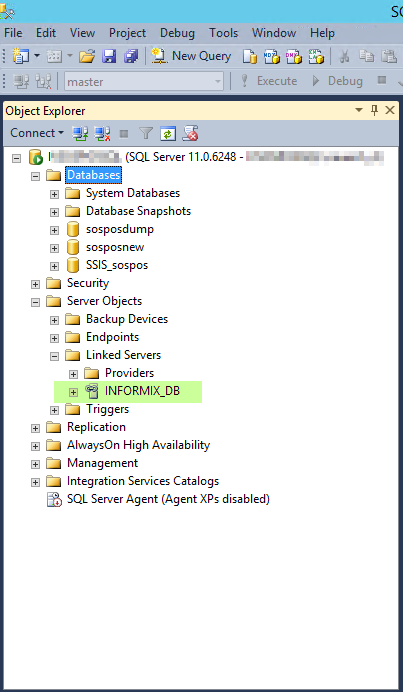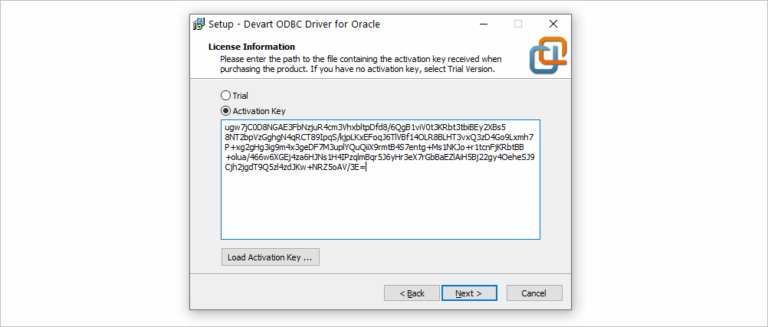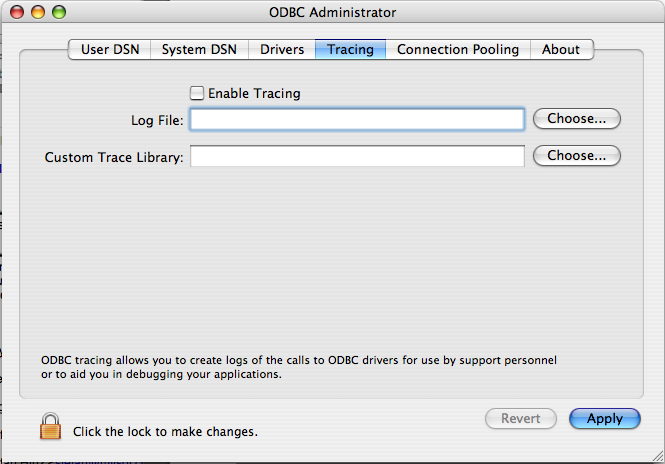
- #ODBC MANAGER LOCATIO HOW TO#
- #ODBC MANAGER LOCATIO INSTALL#
- #ODBC MANAGER LOCATIO UPDATE#
- #ODBC MANAGER LOCATIO DRIVER#
On the Preferences tab, select the "Enable C/S ODBC Driver" checkbox.Open Library Master, Main menu, User Maintenance.To enable for an individual user (after setting up in System Configuration): Clear if specific users will be enabled.
#ODBC MANAGER LOCATIO DRIVER#
Select if all Sage 100 ERP users will be using the C/S ODBC driver.For the "Enable for All Users" checkbox:.For "ODBC Server Port", enter the default port 20222.For "ODBC Server Name", enter the server name or IP address where the client/server ODBC application or service is running.On the ODBC Driver tab, select Enable C/S ODBC Driver.Open Library Master, Setup menu, System Configuration.Set up the workstations (users) to take advantage of the C/S ODBC driver.
#ODBC MANAGER LOCATIO INSTALL#
#ODBC MANAGER LOCATIO UPDATE#
#ODBC MANAGER LOCATIO HOW TO#
How to fix Windows Service Manually when set up incorrectly.Verify the service is "Started" before existing the Services window.Click Start to start the service, then click OK to exit Properties.Note: In some environments, not having the correct permissions may lead to a "Database logon failure" message when attempting to run reports.On the Logon tab, enter the Login and Password for a Domain Administrator-level account rather than using the Local System account.On the General tab, select the Startup type " Automatic".Right-click the service, select Properties.Verify the "Sage 100 ERP Client Server ODBC Driver Service" exists.From the Windows Desktop, open Start, Control Panel, Administrative Tools, Services.For more information, see the Related Resources section below.

If the other service is not needed, delete it. Note: If another service (such as " Provide IO Service", the service name of the CS ODBC driver for earlier versions such as 4.50) already exists, the service will not be created.A service should be created, called " Sage 100 ERP Client Server ODBC Driver Service".Enter the local path to pvxiosvr.exe file, followed by a Space and then the parameter of -i Example: " C:\Sage\MAS90\Home\pvxiosvr.exe" -i.Right-click ' Command Prompt' and select ' Run as Administrator') Press Shift+Enter to open Administrator Command Prompt.From the Windows Desktop, access Start, and Run.( Note: If the service is set to always start Automatically, it will do so each time the server is shut down and restarted.)

(It can be stopped by clicking the "Shutdown" button.)



 0 kommentar(er)
0 kommentar(er)
